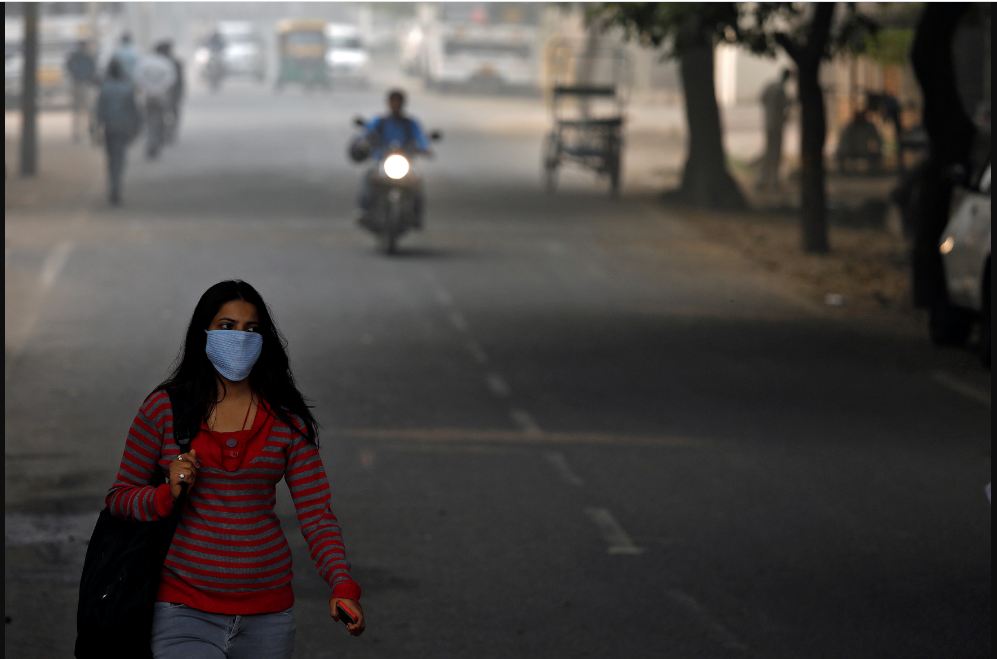Indian Tejas Fighter Jet Crashes During Dubai Airshow, Pilot Killed
Dubai — An Indian-made Tejas fighter jet crashed in a fireball during an aerial display at the Dubai Airshow on Friday, resulting in the death of its pilot.
Authorities said an investigation has begun to determine what caused the accident during one of the world’s most prominent aviation showcases.
Footage from the scene showed a column of black smoke rising behind a secured airstrip area, as emergency teams rushed in.
Dubai officials released images of firefighters working to extinguish the burning wreckage soon after the jet went down.
According to eyewitness accounts, the aircraft was flying at a low altitude at around 2:15 p.m. local time when it suddenly lost control.
The crash occurred on the final day of the airshow, adding a somber tone to an event known for high-energy demonstrations and large crowds.
This marks the second known crash involving the Tejas, a light combat aircraft developed by Hindustan Aeronautics Ltd.
The previous incident occurred in India in 2024 during a routine exercise, prompting discussions on operational safety and performance evaluations.
The Tejas, whose name signifies “brilliance,” is a central element of India’s long-term plan to modernize its air force fleet. It was designed to gradually replace the aging Russian-origin MiG-21 fighters that served as the backbone of India’s air defense for decades.
Emergency teams in Dubai confirmed that they were managing the situation and securing the crash area closely.
Officials emphasized that safety assessments were underway to ensure no further risks were posed to visitors or participants.
The fighter jet program dates back to initial research conducted more than two decades ago, culminating in the first production aircraft in 2001. The aircraft has since undergone continuous upgrades and structural improvements to enhance performance and reliability.
India has projected that its air force will operate around 220 Tejas fighters and advanced Mk-1A variants over the next decade.
This buildup will depend on timely manufacturing by HAL and steady deliveries of essential components.
However, progress on the program has faced delays due to slower-than-expected engine deliveries from GE. The company has cited pandemic-related supply chain constraints as a contributing factor to the setbacks.
Analysts highlight that the Tejas is India’s first fully domestic fighter not modeled on foreign platforms, representing a significant milestone in defence self-reliance. Despite this, export interest has been modest so far, though efforts continue to market the aircraft internationally.
Work is currently ongoing on the Tejas Mark II variant, which aims to offer broader capabilities and expanded combat roles.
This next-generation version is expected to address several limitations and appeal to a wider group of potential buyers.
India used the Dubai Airshow to showcase the aircraft’s abilities and engage with foreign delegations evaluating future defence acquisitions.
Officials were optimistic that the display would highlight the jet’s agility and technical advancements.
Earlier this week, India’s Vice Chief of Air Staff, Air Marshal Narmdeshwar Tiwari, expressed confidence that the Tejas display would attract strong interest.
He noted that the aircraft had previously participated in the airshow and was expected to make an even stronger impression this year.
India’s presence at the airshow reflects its ambition to expand its footprint in the global defence market. Officials believe that increased visibility could lead to new partnerships and greater recognition of India’s growing aerospace capabilities.
The tragic crash has cast a shadow over these efforts, with safety now at the forefront of ongoing assessments.
Authorities are expected to release further details as the investigation progresses and more evidence is reviewed.



